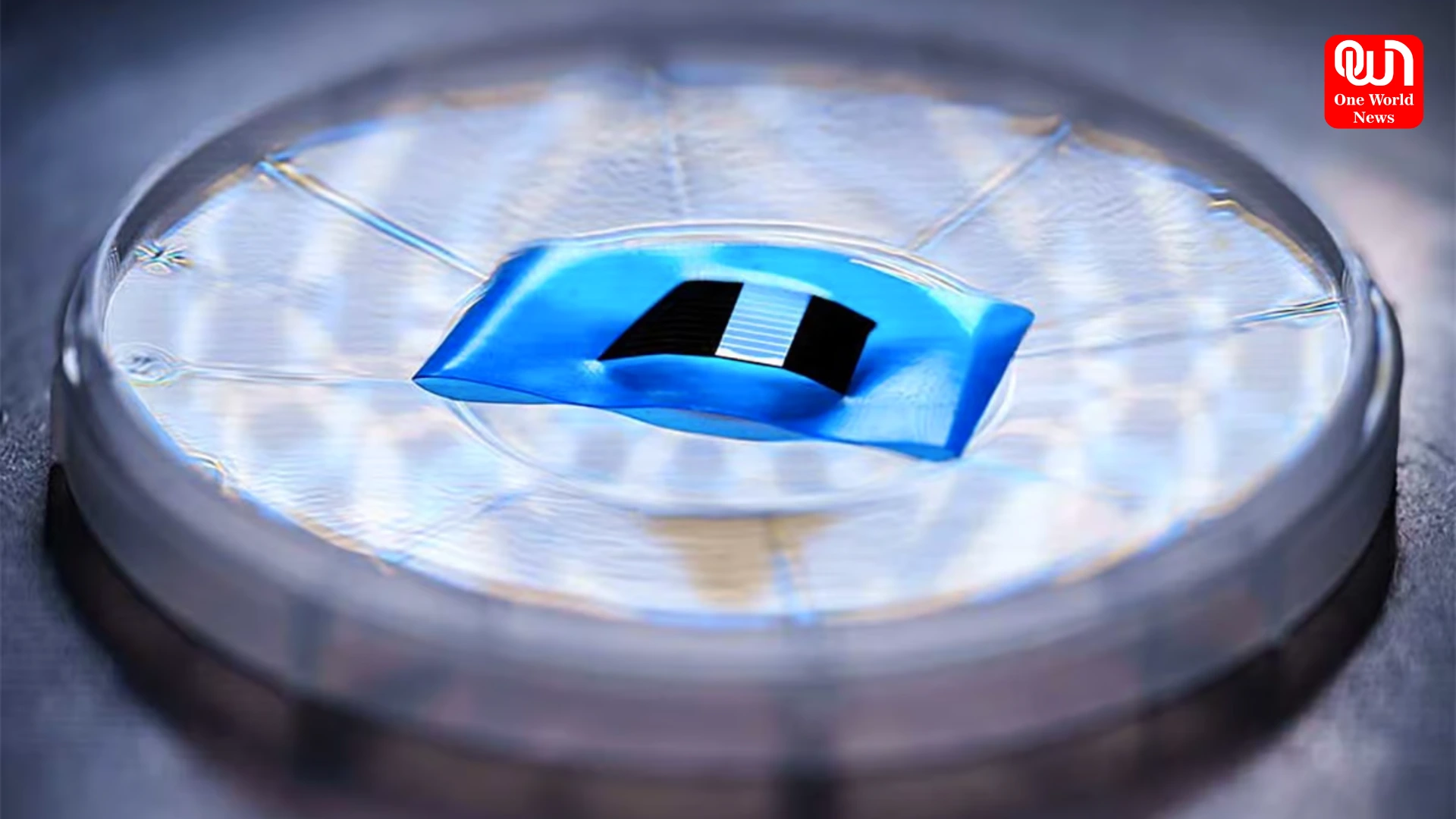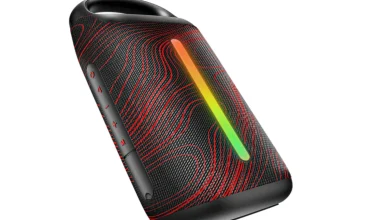Revolution in Cooling Systems for Computer Chips: Laser-Based Photonics Could Cut Data Center Energy Use by 40%
Laser-powered photonic cooling systems for computer chips could transform data centers by slashing energy use by up to 40%
Next-gen chip cooling tech promises major energy savings
Cooling systems for computer chips have become a crucial area of focus in the rapidly changing technological landscape where there is an unprecedented demand for faster and more efficient computing. Heat management must be done effectively for sustainability as well as performance. Introducing laser-based photonic cooling systems a state-of-the-art approach that has the potential to drastically lower computer chip and data center energy consumption.
The servers that run the internet are housed in data centers around the world and one of their biggest problems is heat. Processing power increases with processor power and controlling that heat is essential. Although they can use a lot of energy conventional cooling techniques like air conditioning and liquid cooling are efficient. Data centers use roughly 1% of the world’s energy with cooling accounting for the majority of that energy according to recent studies.
A Revolution in Cooling Technologies
The goal of laser-based photonic cooling, a promising new technique, is to completely alter the rules. Lasers are used in this cutting-edge cooling technique to remove heat directly from computer chips. With laser-based cooling heat is removed from surfaces at the microscopic level by using the power of light instead of conventional techniques that use fans, air or liquid systems. In essence this technology makes it possible for chips to remain cooler while using less energy.
Researchers developing these systems estimate that the photonic cooling technology could reduce data center energy consumption by up to 40% marking a significant advancement in computing sustainability. In a world where the need for data processing power is growing and is causing both energy consumption and carbon emissions to rise, this is particularly important.
How Does It Operate?
The Function of Photons and Lasers. Fundamentally laser-based photonic cooling capitalizes on the special qualities of laser light. A technique has been developed by researchers that involves precisely directing lasers at the surfaces of microchips. These lasers heat the chip’s surface which causes light particles called photons to escape and take heat with them. The chip’s temperature is successfully lowered by this procedure.
Photons have the advantage of being much more effective at cooling than conventional techniques because they can be precisely directed and travel at extremely high speeds. Contrary to traditional cooling methods which use indirect heat transfer (such as fans or refrigerants) laser-based methods target and eliminate heat at the chip’s surface which is its source.
Read More : 2025 Death Anniversary of Albert Einstein: Learning His Last Words and His Last Moments
Effect on the Environment and Data Centers
This innovation will have a huge impact on data centers which use a lot of energy to run and cool their servers. Laser-based cooling systems could significantly lower operating costs and carbon footprints by reducing energy consumption associated with cooling. Because data centers use so much electricity globally, cutting down on the energy needed for cooling could have a significant effect on energy savings worldwide.
For the tech sector to be sustainable this cooling technique is also essential. As environmental concerns increase and businesses are keen to implement more eco-friendly and energy-efficient technologies, green computing is becoming more and more significant. Data centers can get closer to a greener tech infrastructure future by deploying laser-based photonic systems.
Read More : World’s Smallest Biodegradable Pacemaker Unveiled: Tiny Tech, Massive Impact
Issues and Prospects for the Future
Even though laser-based photonic cooling systems have a lot of potential they are still in their infancy. For commercial use the technology needs to be improved particularly in terms of cost-effectiveness and scalability. To guarantee that the system can be readily incorporated into current hardware and that it continues to be cost-competitive with conventional cooling techniques researchers are working to refine it.
This new cooling system has the potential to revolutionize how we power our digital world though. As businesses and researchers worldwide strive for more environmentally friendly and effective technologies, laser-based photonic cooling systems may play a significant role in computing’s future.
A new technology called laser-based photonic cooling has the potential to completely transform the data center and computer sectors. It provides a more effective and environmentally friendly method of controlling the heat produced by increasingly potent processors by cutting energy usage by up to 40%. Although there are still obstacles to be addressed there could be enormous advantages for the environment and the tech sector. Laser-based photonic cooling might be the solution to a more sustainable and energy-efficient future as technology develops.
We’re now on WhatsApp. Click to join.
Like this post?
Register at One World News to never miss out on videos, celeb interviews, and best reads.








